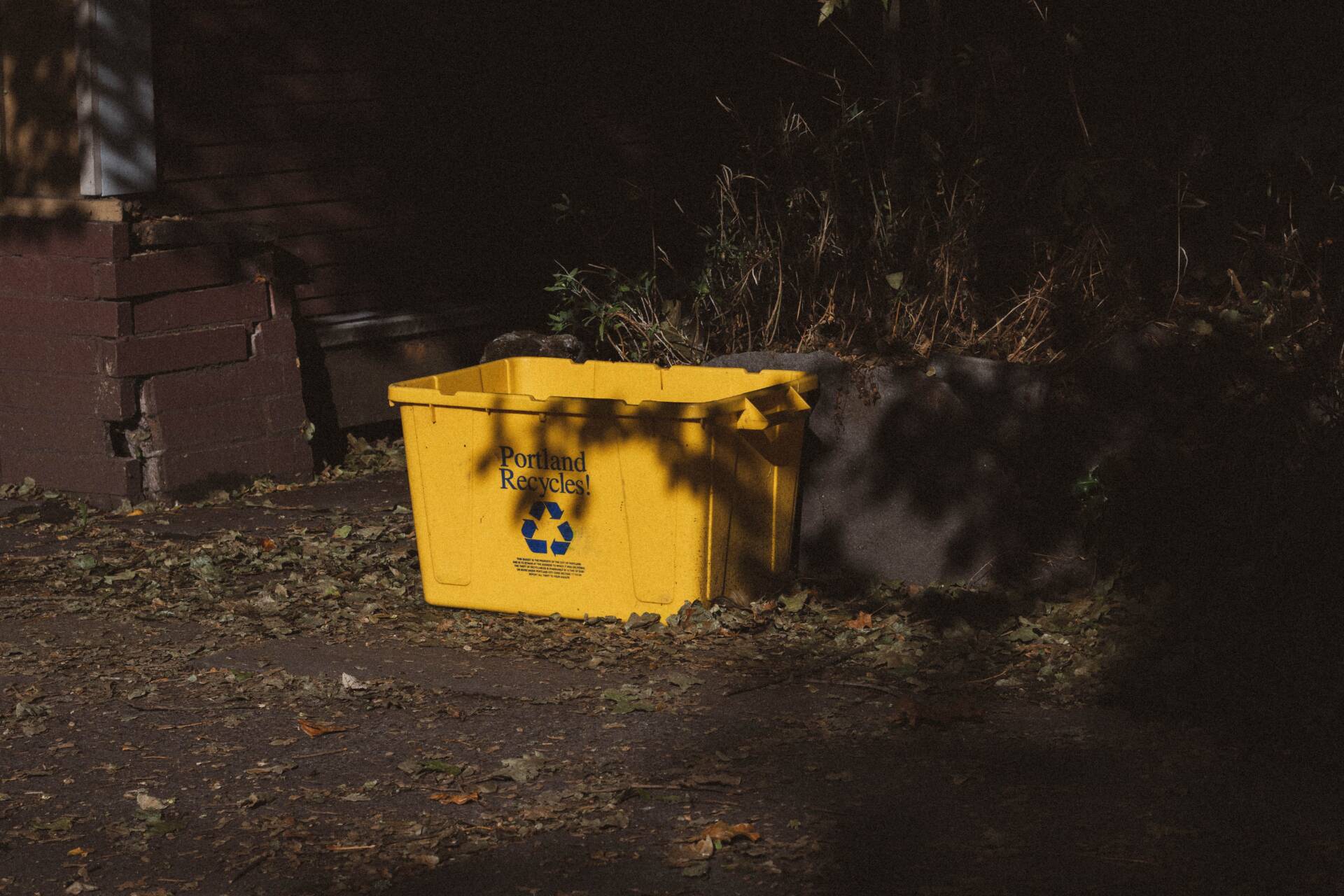How often do you remove your temporary Internet files and cookies (and why)? Every day? Once a week? A few times a year? Never? Do you know how to delete junk files in Windows 10?
Your disk will grow cluttered with hundreds or even thousands of garbage files every time you work on your computer. These junk files are produced by Windows and other programs that write temporary files through installation and when operating to your disk, which they need to do in order to work. As time passes, your computer completes junk files in the form of temporary files, log files, downloaded files, and undesired Windows registry entries. So, it becomes important to delete these junk files in order to speed up your PC.
Before you commence the cleaning process, you need to get to know what files you can delete. It’s like a refrigerator; you must know what to start to get the space. The following files can be deleted:
- Recycle bin files
- Temporary files
- Program files, thumbnails, log files, and more
- System junk files
- Large files
Although you now know what files can be deleted, in order to limit accidental deletion of system files, it is suggested that you back up the system in progress. Or you can turn on the system repair function. Then, you can follow the useful ways to delete junk files and free up space.
Method 1. How to Remove Junk Files in Windows 10 by Emptying the Recycle Bin
The recycle bin is the place where the removed files go. When you delete a file, it normally goes to the recycle bin. In fact, the file still remains and contains space on the hard disk drive. So, you can get freed from those files. By the way, if you demand some back, it’s also an easy job to recover lost recycle bin files.
Step 1. Right-click on the recycle bin icon located on your desktop and select “Empty Recycle Bin.”
Step 2. Select “Yes” to confirm that you want to delete the items permanently.
Method 2. How to Delete Junk Files in Windows 10 Automatically by Delete Temp Files
Windows always have temp files and other junk that’s just using up space on your hard drive. You can follow the settings below automatically.
Step 1. Open “Settings”. Navigate to “System > Storage”.
Step 2. In the Storage sense section, turn on the “Storage sense” feature by moving the slider to the position.
Step 3. Click “Change how we free up space” links. Once again, make sure that you have turned on the Storage sense feature, as mentioned in the first step.
Step 4. Turn on “Delete temporary files that my apps aren’t using” option and other wanted options. Then Windows 10 would delete temp files automatically.
This is a convenient option; Windows 10 automatically deletes all files (not just programs or any file type) that have not seen any changes over the past 30 days.
Method 3. How to Remove Junk Files by Using Disk Cleanup to Clean Up Program Files and More
Program files, log files, and thumbnails are the files that an app installer leaves behind after connecting the related app. These files are useless as they do nothing but occupy space on the hard disk drive. You may remove them without any uncertainty. You can use Disk Cleanup to remove these files. Also, this Windows build-in tool can get cleared of temp files, system files, and more. Let’s see how to clean up unwanted files:
Step 1. In the search box on the taskbar, type disk cleanup, and select “Disk Cleanup” from the list of results.
Step 2. Select the drive you want to clean up, and then select “OK”.
Step 3. Select the checkbox next to the type of files you want to delete. By default, “Downloaded Program Files”, “Temporary Internet Files”, and “Thumbnails” are chosen. Be certain to clear those check boxes if you don’t want to delete those files.
Also;
If you need to free up more space, you can also delete system files:
- In Disk Cleanup, select Clean up system files.
- Select the file types to get rid of. To get a description of the file type, select it.
- Select OK.
Read more: How To Connect Bluetooth Headphones To Pc Windows 10?







